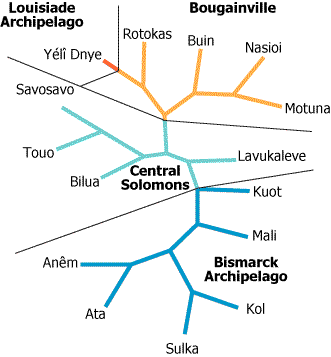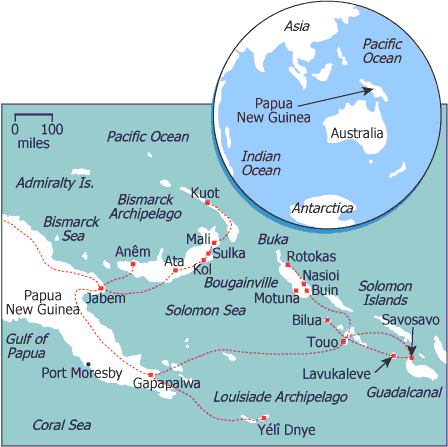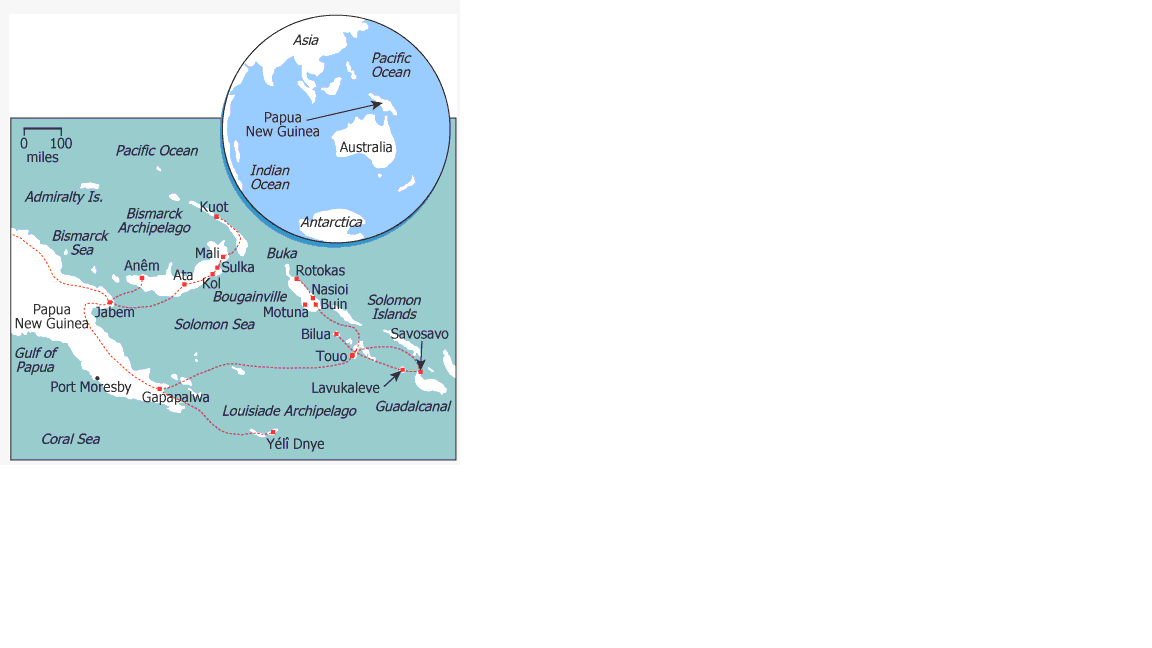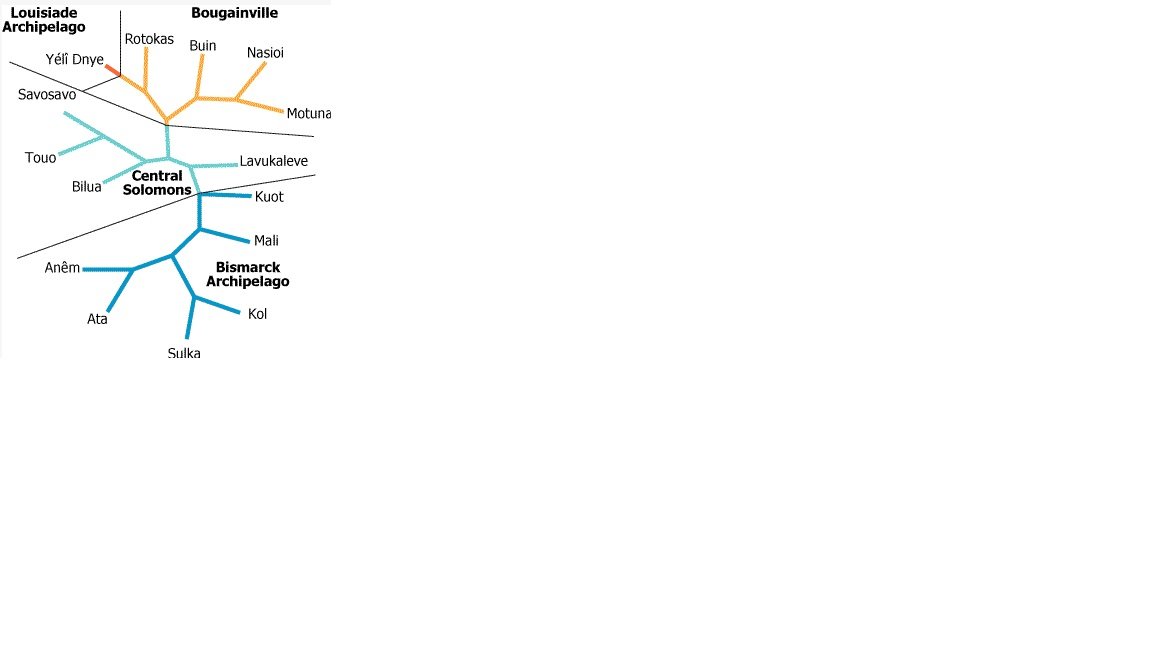Events & Promotions
|
|

GMAT Club Daily Prep
Thank you for using the timer - this advanced tool can estimate your performance and suggest more practice questions. We have subscribed you to Daily Prep Questions via email.
Customized
for You
Track
Your Progress
Practice
Pays
Not interested in getting valuable practice questions and articles delivered to your email? No problem, unsubscribe here.
- Nov 18
11:00 AM PST
-12:00 PM PST
Join us in a live GMAT practice session and solve 30 challenging GMAT questions with other test takers in timed conditions, covering GMAT Quant, Data Sufficiency, Data Insights, Reading Comprehension, and Critical Reasoning questions. - Nov 22
11:00 AM IST
-01:00 PM IST
Do RC/MSR passages scare you? e-GMAT is conducting a masterclass to help you learn – Learn effective reading strategies Tackle difficult RC & MSR with confidence Excel in timed test environment - Nov 23
11:00 AM IST
-01:00 PM IST
Attend this free GMAT Algebra Webinar and learn how to master the most challenging Inequalities and Absolute Value problems with ease. - Nov 25
10:00 AM EST
-11:00 AM EST
Prefer video-based learning? The Target Test Prep OnDemand course is a one-of-a-kind video masterclass featuring 400 hours of lecture-style teaching by Scott Woodbury-Stewart, founder of Target Test Prep and one of the most accomplished GMAT instructors.
Kudos
Bookmarks
The Papuan languages of the islands east of mainland Papua New Guinea, including the Bismarcks, Bougainville, Solomons, and Louisiade Archipelago, have almost no detectable similarities in vocabulary. In contrast to neighboring Austronesian languages, linguistic analysis of these Papuan languages done by comparison of vocabularies cannot determine their historical relationships. We thus have reason to believe that ancient Papuans arrived on the islands longer than 5,000 or 7,000 years ago, where the various groups have lived in relative isolation from one another.
On the basis of the fact that grammar changes more slowly than vocabulary, researchers developed a new method of discerning relationships, including historical relationships, on the basis of grammatical similarities. Applying this method to the Papuan languages, the researchers found, as expected, that the relationships correlated with the islands and archipelagos on which the languages occur.
One interesting result was this. Although Bougainville lies between the Solomon Islands and the Bismarcks, the languages of the Solomons grammatically fell in between those of the Bismarcks and Bougainville. The researchers hypothesize that this discrepancy arose because, ten thousand years ago, Bougainville and the Solomons were joined in a single land mass, facilitating migration, while the Bismarcks were separate.
On the basis of the fact that grammar changes more slowly than vocabulary, researchers developed a new method of discerning relationships, including historical relationships, on the basis of grammatical similarities. Applying this method to the Papuan languages, the researchers found, as expected, that the relationships correlated with the islands and archipelagos on which the languages occur.
One interesting result was this. Although Bougainville lies between the Solomon Islands and the Bismarcks, the languages of the Solomons grammatically fell in between those of the Bismarcks and Bougainville. The researchers hypothesize that this discrepancy arose because, ten thousand years ago, Bougainville and the Solomons were joined in a single land mass, facilitating migration, while the Bismarcks were separate.
The two groups are more different from one another in their grammatical features than some groups of neighboring Austronesian languages are.: YES
They have few words, if any, determined by the researchers to be the same as words of the others.: YES
They evolved more recently than did Jabem or Gapapalwa, spoken on Papua New Guinea.: NO
Be sure to select an answer first to save it in the Error Log before revealing the correct answer (OA)!
Difficulty:
 95%
(hard)
95%
(hard)
Question Stats:
27% (03:28) correct 73%
(03:41)
wrong
73%
(03:41)
wrong  based on 1117
sessions
based on 1117
sessions
History
Date
Time
Result
Not Attempted Yet
ID: 700154
For each of the following statements about the Papuan languages of the Louisiade Archipelago and the Solomons, select Yes if the statement is strongly suggested by the discussion and research results pertaining to the Papuan languages. Otherwise, select No.
For each of the following statements about the Papuan languages of the Louisiade Archipelago and the Solomons, select Yes if the statement is strongly suggested by the discussion and research results pertaining to the Papuan languages. Otherwise, select No.
| YES | NO | |
| The two groups are more different from one another in their grammatical features than some groups of neighboring Austronesian languages are. | ||
| They have few words, if any, determined by the researchers to be the same as words of the others. | ||
| They evolved more recently than did Jabem or Gapapalwa, spoken on Papua New Guinea. |
ShowHide Answer
Official Answer
The two groups are more different from one another in their grammatical features than some groups of neighboring Austronesian languages are.: YES
They have few words, if any, determined by the researchers to be the same as words of the others.: YES
They evolved more recently than did Jabem or Gapapalwa, spoken on Papua New Guinea.: NO
Lavukaleve and Kuot may be less closely related than the language tree shows them as being.
Be sure to select an answer first to save it in the Error Log before revealing the correct answer (OA)!
Difficulty:
 35%
(medium)
35%
(medium)
Question Stats:
74% (02:00) correct 26%
(02:08)
wrong
26%
(02:08)
wrong  based on 901
sessions
based on 901
sessions
History
Date
Time
Result
Not Attempted Yet
ID: 700152
On the assumption that the migration patterns depicted in the migration map are correct, and that there were no other routes of migration of the groups under consideration, which one of the following is most strongly suggested?
On the assumption that the migration patterns depicted in the migration map are correct, and that there were no other routes of migration of the groups under consideration, which one of the following is most strongly suggested?
| Lavukaleve and Savosavo may be less closely related than the language tree shows them as being. | |
| Lavukaleve and Ata may be more closely related than the language tree shows them as being. | |
| Lavukaleve and Kuot may be less closely related than the language tree shows them as being. | |
| Lavukaleve and Motuna may be less closely related than the language tree shows them as being. | |
| Lavukaleve and Bilua may be less closely related than the language tree shows them as being. |
ShowHide Answer
Official Answer
Lavukaleve and Kuot may be less closely related than the language tree shows them as being.
Yélî Dnye is more closely related in grammar to Rotokas than to Nasioi.: Yes
The languages of Bougainville grammatically fall in between those of the Solomon Islands and the Bismarcks.: No
Kuot originates from a predominant language that was spoken where Mali is now spoken.: No
Be sure to select an answer first to save it in the Error Log before revealing the correct answer (OA)!
Difficulty:
 75%
(hard)
75%
(hard)
Question Stats:
47% (01:40) correct 53%
(01:54)
wrong
53%
(01:54)
wrong  based on 1057
sessions
based on 1057
sessions
History
Date
Time
Result
Not Attempted Yet
ID: 700153
For each of the following statements, select Yes if the statement is strongly implied by the researchers’ results and hypotheses. Otherwise select No.
For each of the following statements, select Yes if the statement is strongly implied by the researchers’ results and hypotheses. Otherwise select No.
| Yes | No | |
| Yélî Dnye is more closely related in grammar to Rotokas than to Nasioi. | ||
| The languages of Bougainville grammatically fall in between those of the Solomon Islands and the Bismarcks. | ||
| Kuot originates from a predominant language that was spoken where Mali is now spoken. |
ShowHide Answer
Official Answer
Yélî Dnye is more closely related in grammar to Rotokas than to Nasioi.: Yes
The languages of Bougainville grammatically fall in between those of the Solomon Islands and the Bismarcks.: No
Kuot originates from a predominant language that was spoken where Mali is now spoken.: No

GID0685.gif [ 8.12 KiB | Viewed 13370 times ]

GID0686.gif [ 19.58 KiB | Viewed 13376 times ]
Attachment:
GID0685.gif [ 8.12 KiB | Viewed 13370 times ]
Attachment:
File comment: Language Tree

Untitled.png [ 41.64 KiB | Viewed 16595 times ]
Untitled.png [ 41.64 KiB | Viewed 16595 times ]
Attachment:
File comment: Migration Map

Untitled.jpg [ 45.07 KiB | Viewed 16583 times ]
Untitled.jpg [ 45.07 KiB | Viewed 16583 times ]
Attachment:
GID0686.gif [ 19.58 KiB | Viewed 13376 times ]
Kudos
Bookmarks
This is a time consuming tough question due to the sheer amount of confusing data given! But the questions are staright forward once you understand the data.
Papua New Guinea (PNG) mainland has Austronesian languages (which are similar in vocabularies)
The islands east of PNG have Papuan languages (no similarities in vocabulary)
Grammar changes more slowly than vocabulary. Since Papuan languages had no common vocab, their grammars were compared and similarities were found.
So we know that PNG mainland laguages which are similar in vocab must be similar in grammar too (because grammar changes more slowly than vocabulary)
The Papuan languages on the other hand are similar only in grammar, not vocab since their vocab has evolved and changed over time. But grammar has still remained similar.
For each of the following statements about the Papuan languages of the Louisiade Archipelago and the Solomons, select Yes if the statement is strongly suggested by the discussion and research results pertaining to the Papuan languages. Otherwise, select No.
The two groups are more different from one another in their grammatical features than some groups of neighboring Austronesian languages are.
YES. We can deduce that grammar of Austronesian languages will be very similar since their vocabs (which change faster than grammar) are still similar.
But Papua languages have evolved more individually so their vocabs have changed though grammar is still similar since it takes longer to change.
ANSWER
They have few words, if any, determined by the researchers to be the same as words of the others.
YES. The Papuan languages have "almost no detectable similarities in vocabulary"
ANSWER
They evolved more recently than did Jabem or Gapapalwa, spoken on Papua New Guinea.
NO. Jabem and Gapapalwa are spoken on the PNG mainland. The Papua languages evolved before them because their vocabs are all different. The vocabs of PNG mainland languages are similar so they are more recent.
ANSWER
Papua New Guinea (PNG) mainland has Austronesian languages (which are similar in vocabularies)
The islands east of PNG have Papuan languages (no similarities in vocabulary)
Grammar changes more slowly than vocabulary. Since Papuan languages had no common vocab, their grammars were compared and similarities were found.
So we know that PNG mainland laguages which are similar in vocab must be similar in grammar too (because grammar changes more slowly than vocabulary)
The Papuan languages on the other hand are similar only in grammar, not vocab since their vocab has evolved and changed over time. But grammar has still remained similar.
For each of the following statements about the Papuan languages of the Louisiade Archipelago and the Solomons, select Yes if the statement is strongly suggested by the discussion and research results pertaining to the Papuan languages. Otherwise, select No.
The two groups are more different from one another in their grammatical features than some groups of neighboring Austronesian languages are.
YES. We can deduce that grammar of Austronesian languages will be very similar since their vocabs (which change faster than grammar) are still similar.
But Papua languages have evolved more individually so their vocabs have changed though grammar is still similar since it takes longer to change.
ANSWER
They have few words, if any, determined by the researchers to be the same as words of the others.
YES. The Papuan languages have "almost no detectable similarities in vocabulary"
ANSWER
They evolved more recently than did Jabem or Gapapalwa, spoken on Papua New Guinea.
NO. Jabem and Gapapalwa are spoken on the PNG mainland. The Papua languages evolved before them because their vocabs are all different. The vocabs of PNG mainland languages are similar so they are more recent.
ANSWER
General Discussion
Kudos
Bookmarks
Option 1: "The two groups are more different from one another in their grammatical features than some groups of neighboring Austronesian languages are."
First sentence of the discussion tab states - "have almost no detectable similarities in vocabulary". However it does not speak about the grammatical similarities which is asked in the first option. Hence it should be "No". Can you please enlighten me why my understanding is incorrect?
First sentence of the discussion tab states - "have almost no detectable similarities in vocabulary". However it does not speak about the grammatical similarities which is asked in the first option. Hence it should be "No". Can you please enlighten me why my understanding is incorrect?













